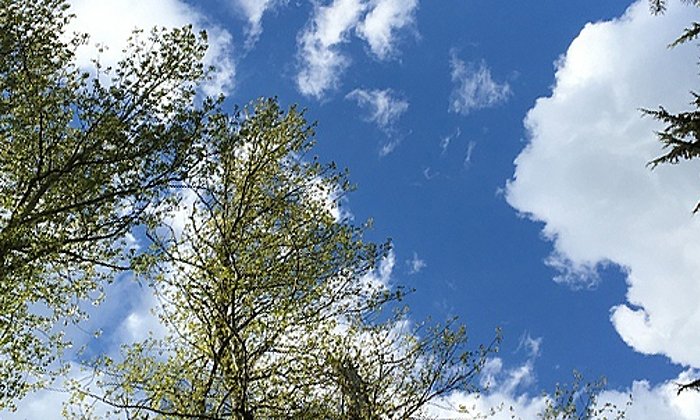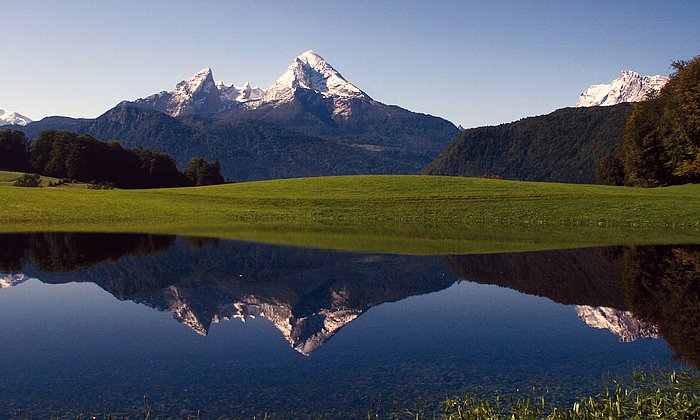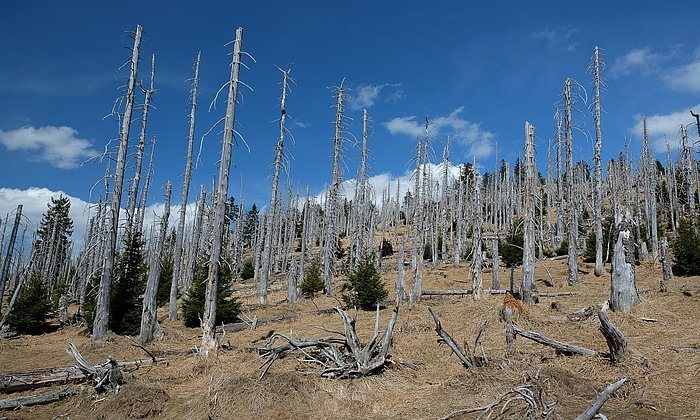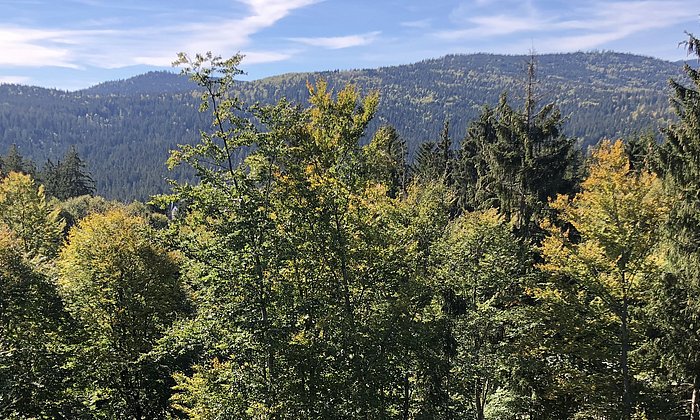Forest loss is not due to timber harvesting
Is forest harvesting increasing in Europe?
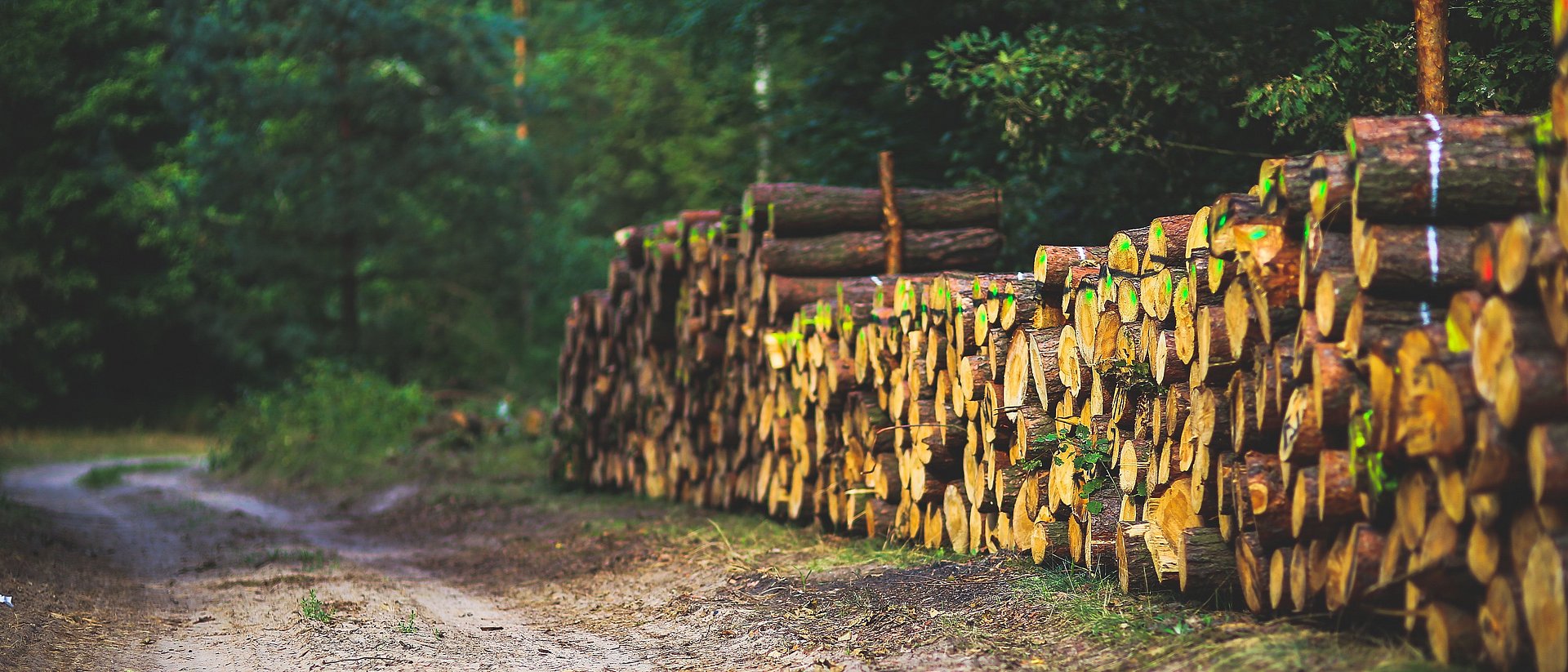
A recently published response to the controversial study, ‘Abrupt increase in harvested forest area over Europe after 2015’, throws doubt on its findings. Scientists with the participation of the Technical University of Munich (TUM) now show that forest harvesting has increased by only 6 percent in recent years.
The study had used satellite data to assess forest cover. Based on the data, the authors from the European Commission's Joint Research Centre (JRC) had suggested that this increase resulted from expanding wood markets encouraged by EU bioeconomy and bioenergy policies. The publication triggered a heated debate, both scientific and political, as the EU Parliament and Council were discussing the Post-2020 EU Forest Strategy.
Correctly interpreting satellite images of forest change
In a response to the JRC study published in the journal Nature, 30 scientists from 13 European countries have discovered evidence that throws into doubt the conclusions of the JRC study. The researchers demonstrate that the large harvest changes reported by JRC result from methodological errors.
These errors relate to satellite sensitivity improving markedly over the period of assessment, as well as to changes in forests due to natural disturbances - for example drought and storm related die-back and tree-falls - being often attributed wrongly to timber harvests.
Distinguishing between deforestation and other causes of forest loss
Dr Marc Palahí, Director of the European Forest Institute (EFI), who led the response said: “In the future forest information should be more carefully assessed, taking into account a wide variety of methodological issues and factors. This requires enhanced collaboration as well as scientifically robust and common approaches between the European Commission and Member States to enable better informed forest-related policies in the context of the EU Green Deal.”
Rupert Seidl, Professor of Ecosystem Dynamics and Forest Management at TUM adds, "Natural disturbances in Europe's forests are increasing rapidly. This trend has been going on for several decades, but has accelerated significantly in the years for which the JRC study reports an abrupt increase in forest harvesting. The main drivers of this increase are drought as well as bark beetle outbreaks - processes that were not sufficiently considered in the JRC study."
"The sensitivity of the underlying data and analyses also have improved over time, leading to the detection of small changes that were likely missed in the past" says Dr. Cornelius Senf of the TUM.
The major flaw in the JRC study was that the authors underestimated how satellite-based imagery and the methods used to analyze them have improved over time. "Satellite products should always be interpreted in light of their errors and inconsistencies, and one must carefully distinguish between deforestation and other causes of forest loss," adds Dr. Senf. Both Prof. Seidl and Dr. Senf were involved in the response.
Valid remote sensing methods as a necessary basis for policy decisions
Professor Gert-Jan Nabuurs from Wageningen University, an IPCC lead author who participated in the study, commented that “the harvest across Europe’s forests has increased in recent years due primarily to a moderate economic recovery after the 2008–2012 recession. What is really striking is the unprecedented levels of natural disturbances affecting our forests in many parts of the continent in recent years.”
The implications of the errors found by the scientists are of global relevance, as many studies to inform policy-makers and society at large on the state of the world forests are nowadays based on remote sensing. The analysis of products based on satellite imagery is becoming key for instance to understand the extent of global deforestation, and thus the authors say that a scientifically robust remote sensing methods for sound policy-making is needed.
Palahí, M., Valbuena, R. et al. Concerns about reported harvests in European forests. Nature (2021).
Original reference of the study in the journal Nature: Ceccherini, G., Duveiller, G., Grassi, G. et al. Abrupt increase in harvested forest area over Europe after 2015. Nature 583, 72–77 (2020).
Technical University of Munich
Corporate Communications Center
- Dr. Katharina Baumeister-Krojer
- katharina.baumeister@tum.de
- presse@tum.de
- Teamwebsite
Contacts to this article:
Prof. Dr. Rupert Seidl
Technical University of Munich
Ecosystem Dynamics and Forest Management
Phone: + 49 8161 71 4691
rupert.seidl@tum.de
